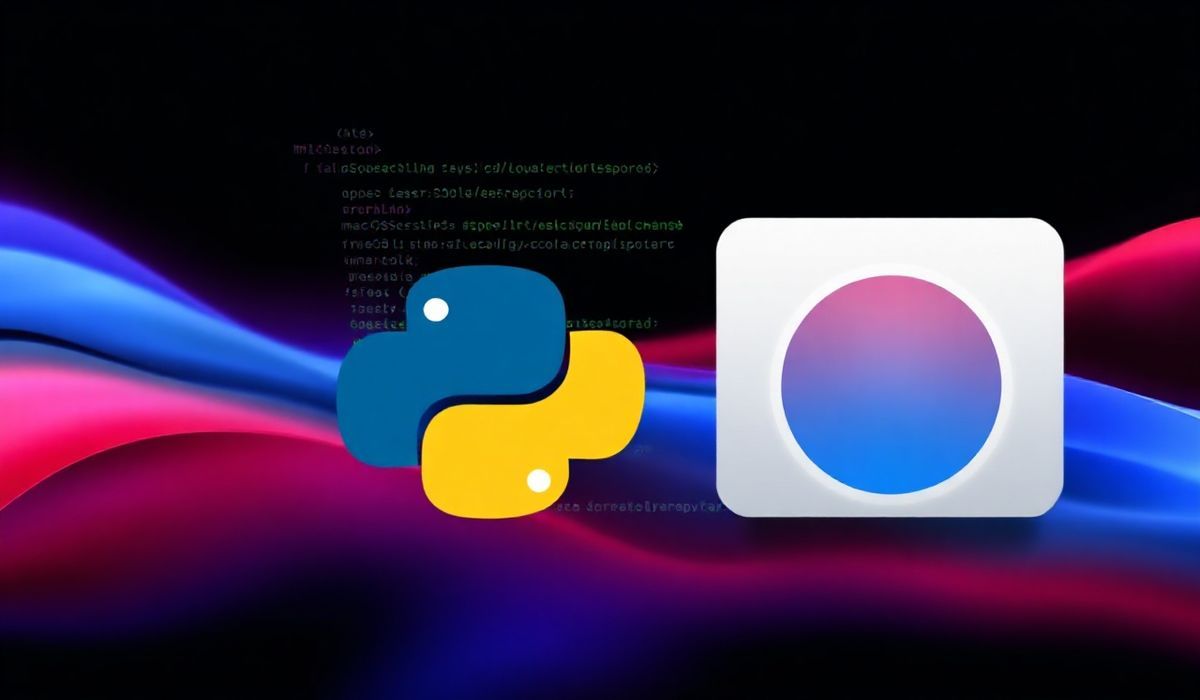Introduction to zone.js
Zone.js is a library that patches asynchronous APIs in browsers and Node.js environments. It provides a way to maintain contextual information across multiple asynchronous operations, making it easier to manage and debug asynchronous code. This library is particularly useful in frameworks like Angular, which rely heavily on asynchronous operations.
Key Features and API Examples
Zone.js offers a variety of APIs to handle asynchronous operations effectively. Below are some of the most commonly used APIs and their usage:
1. Creating a New Zone
You can create a new zone using Zone.current.fork():
const myZone = Zone.current.fork({
name: 'myZone',
onInvoke: (parentZoneDelegate, currentZone, targetZone, delegate, applyThis, applyArgs, source) => {
console.log('Zone before invoke');
parentZoneDelegate.invoke(targetZone, delegate, applyThis, applyArgs, source);
console.log('Zone after invoke');
}
});
2. Executing a Function in a Zone
Use zone.run() to run a function in a specific zone:
myZone.run(() => {
console.log('Running in myZone');
});
3. Handling Errors in Zones
Catch errors in a zone using onHandleError:
myZone.fork({
name: 'errorZone',
onHandleError: (parentZoneDelegate, currentZone, targetZone, error) => {
console.error('Error in zone:', error);
return false; // Don't propagate the error
}
}).run(() => {
throw new Error('This is a test error');
});
4. Patching Timers
Zone.js can patch timers to maintain zone context:
myZone.run(() => {
setTimeout(() => {
console.log('This runs inside myZone');
}, 1000);
});
Real-world Application Example
Let’s build a simple Angular application that demonstrates the use of zone.js APIs. We’ll create a component that fetches data from an API and updates the UI based on the data received.
import { Component, OnInit, NgZone } from '@angular/core';
import { HttpClient } from '@angular/common/http';
@Component({
selector: 'app-data-fetch',
template: `
<div>
<h1>Data from API</h1>
<pre>{{ data | json }}</pre>
</div>
`,
})
export class DataFetchComponent implements OnInit {
data: any;
constructor(private http: HttpClient, private ngZone: NgZone) {}
ngOnInit() {
this.ngZone.runOutsideAngular(() => {
this.http.get('https://api.example.com/data').subscribe(
(response) => {
this.ngZone.run(() => {
this.data = response;
});
},
(error) => {
console.error('Error fetching data', error);
}
);
});
}
}
In this example, we use NgZone.runOutsideAngular() to run the HTTP request outside Angular’s zone to avoid triggering change detection unnecessarily. Once the data is received, we use NgZone.run() to update the data inside Angular’s zone, ensuring that the UI is updated accordingly.
Understanding and using zone.js effectively can significantly improve your application’s performance and debuggability, especially in complex asynchronous environments.
Hash: 1226d6d20ccd5d9c56631f6ef0f32f0d7b7969c938dc46b2ad90ff10003ce987




